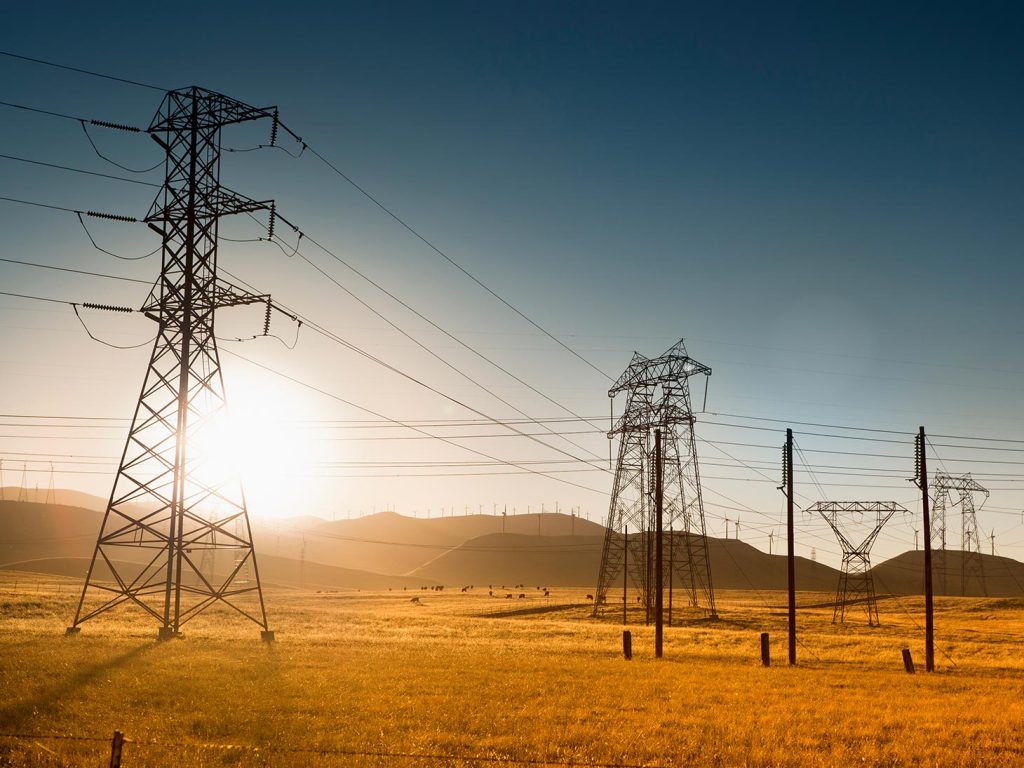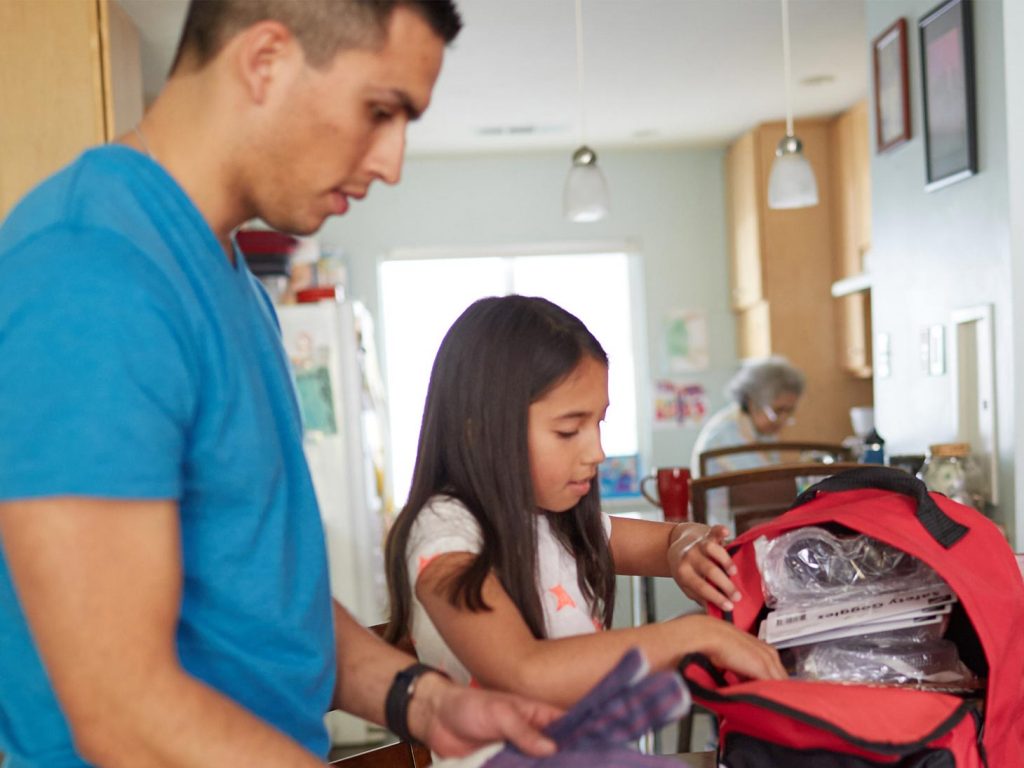Public Safety Power Shutoff (PSPS)
The 2-1-1 California Network has partnered with Pacific Gas and Electric (PG&E) and Southern California Edison (SCE) to provide emergency preparedness support for customers during Public Safety Power Shutoffs (PSPS). 2-1-1 will connect customers to local community-based organizations who provide assistance with transportation and shelter needs, portable backup power, home meal delivery, food replacement, bill assistance programs, and support for those who may have physical, intellectual or developmental disabilities.

What is a Public Safety Power Shutoff?
California, Oregon, Washington, and other western states continue to experience an increase in wildfire risk and a longer wildfire season. The combination of dry conditions and high winds can cause trees and debris to contact energized lines, damage equipment and cause a wildfire. PG&E may need to turn off power during severe weather to help prevent wildfires. This is called a Public Safety Power Shutoff (PSPS). As each weather situation is unique, PG&E carefully reviews a combination of factors when deciding if power must be turned off. These factors include:

Low humidity levels
Low humidity levels generally 30% and below

High winds
Forecasted high winds above 20 mph and gusts above 30-40 mph

Fuel conditions
Condition of dry material on the ground and vegetation near lines

Red Flag Warning
A Red Flag Warning issued by the National Weather Service

Observations
On-the-ground, real-time observations
PG&E’s decision-making process is evolving to also account for the presence of trees tall enough to strike power lines when determining if a PSPS is necessary.
Learn more about PSPS

PSPS updates and alerts
Track the status of a current PSPS. Sign up for PSPS notifications and learn how and when you’ll be notified.

Prepare for a PSPS
Find safety tips and learn how to prepare for a PSPS.

PSPS support
Find resources before, during and after a PSPS.
Create a Safety Plan
Contact us at CareCoordAC@edenir.org for help building a personalized safety plan.
